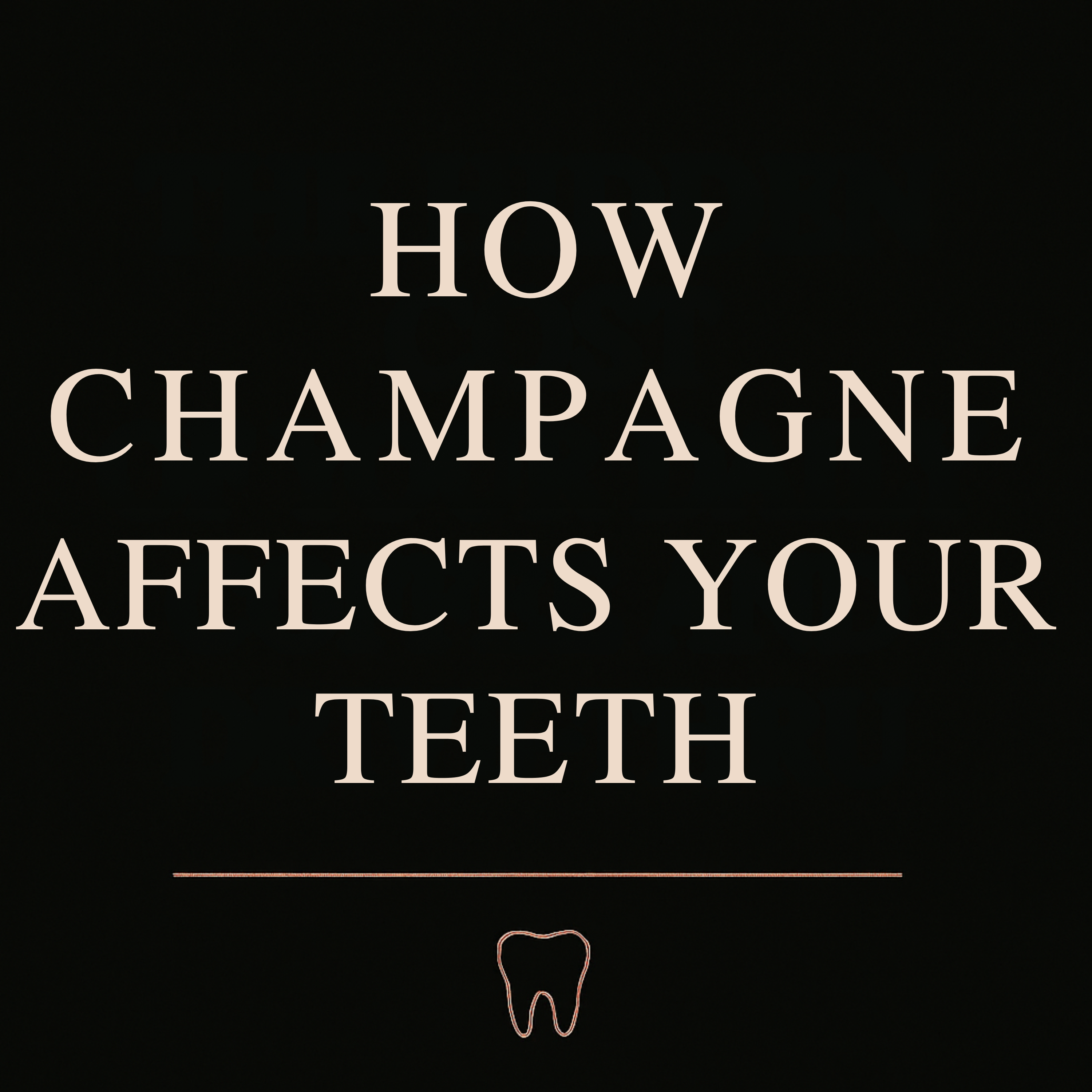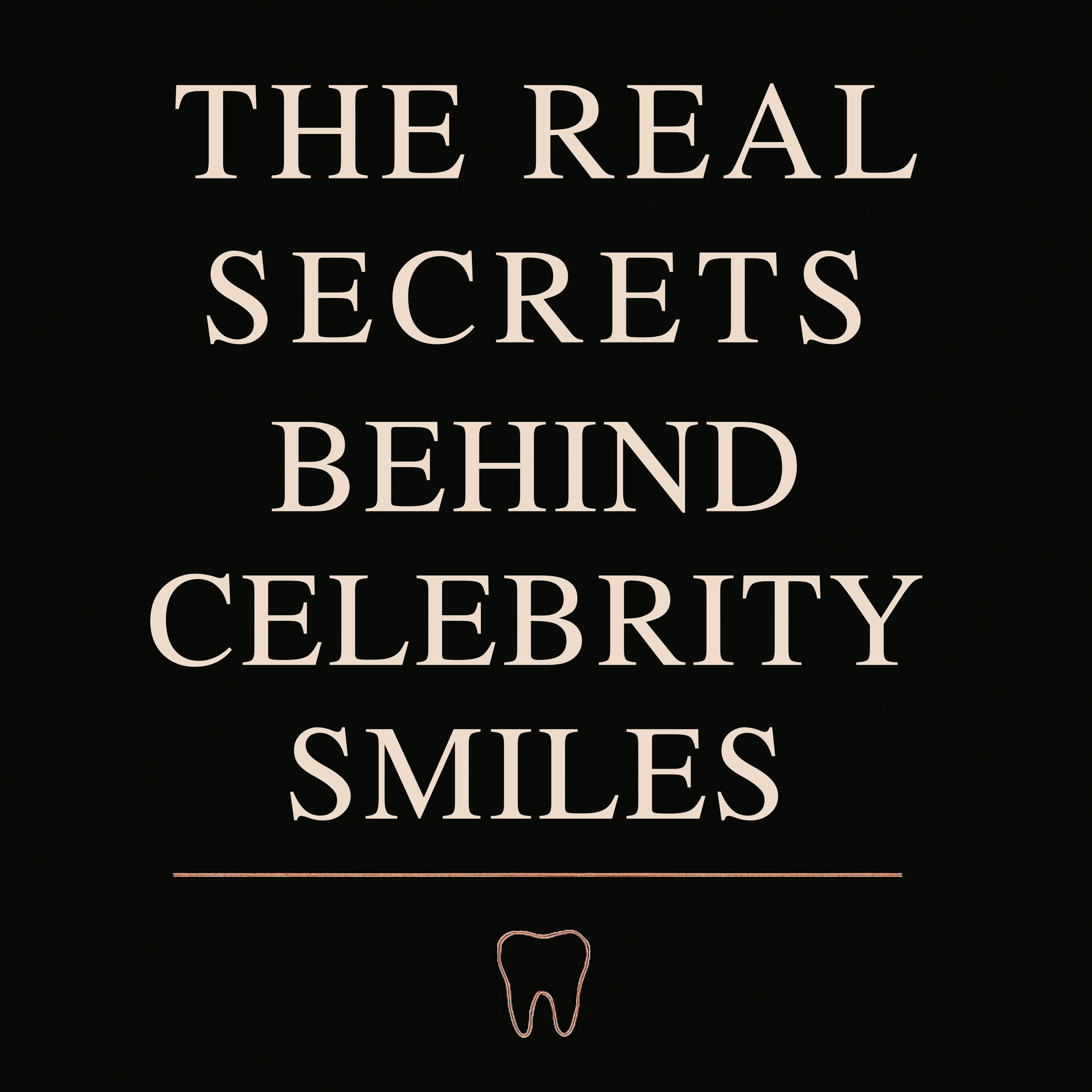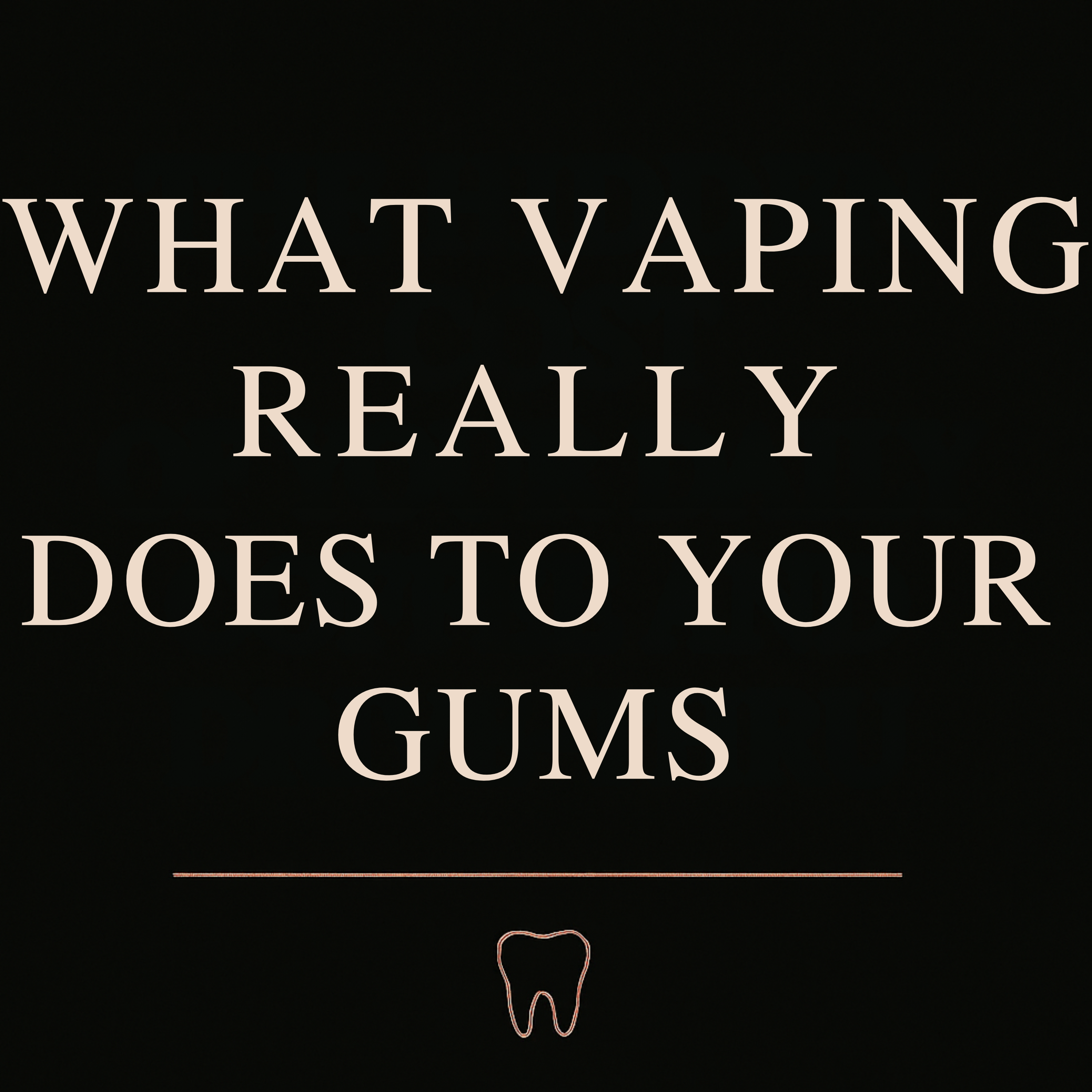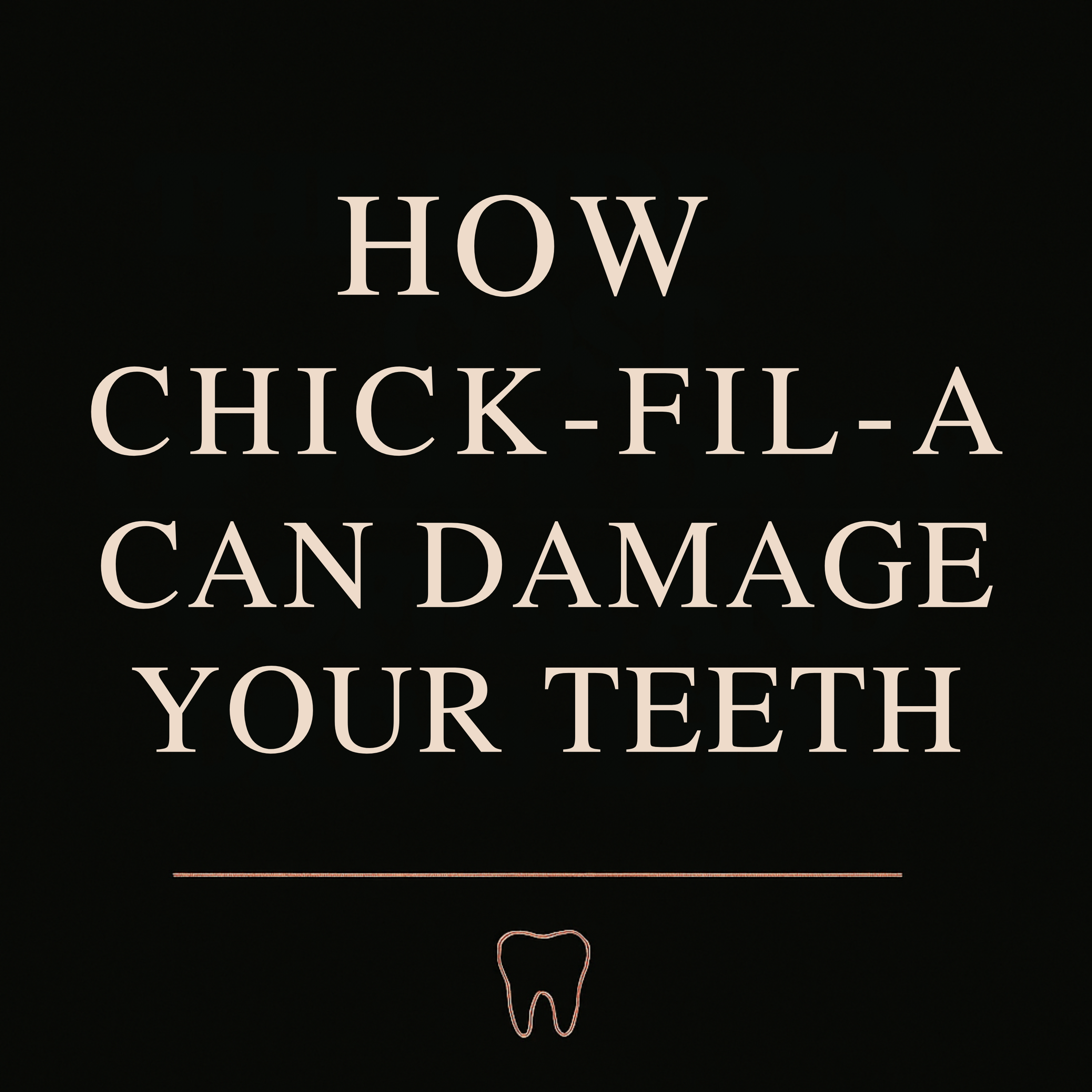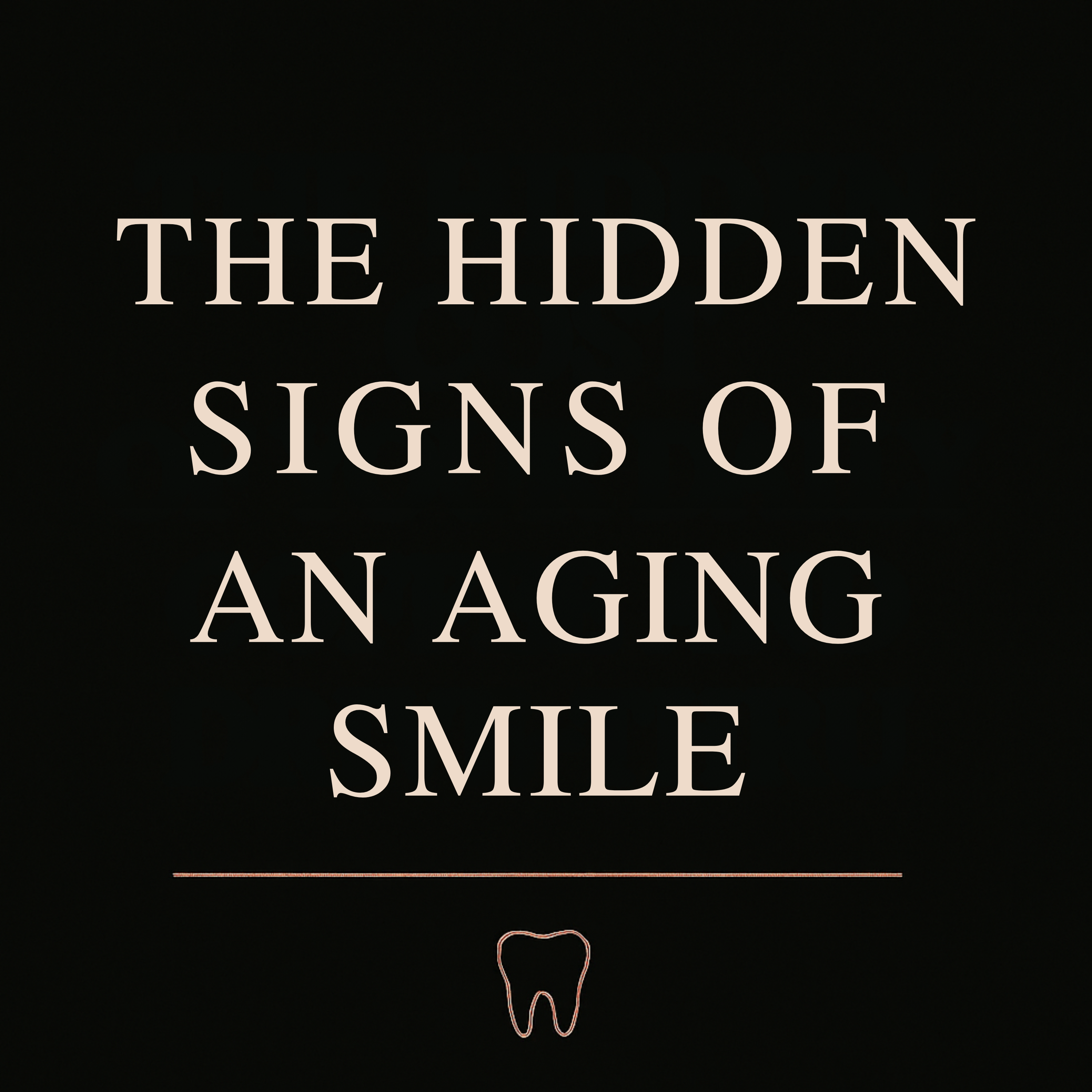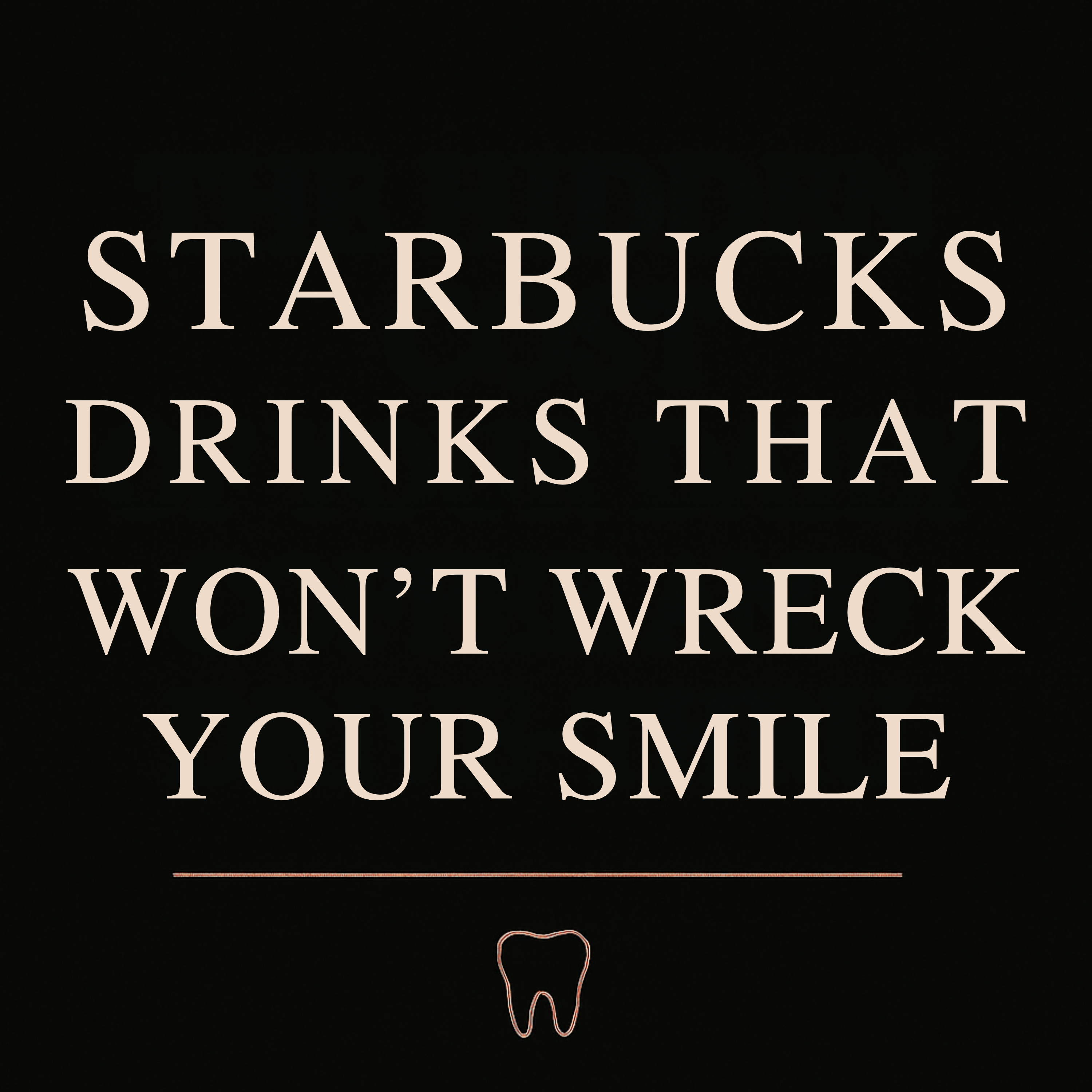Episode Transcript
It’s the sound of celebration.
The pop of a cork.
The sparkle of bubbles rising in crystal glasses.
Champagne feels timeless—elegant, effortless, and far gentler than cocktails or soda.
But here’s the part most people don’t realize: beneath the bubbles, champagne carries a quiet secret. Those joyful fizzing moments are acidic. And over time, the sugar, carbonation, and citrus notes that make champagne so refreshing can gradually wear away your enamel.
The damage doesn’t happen overnight—but sip by sip, it can dull your smile’s glow.
Let’s start with the bubbles themselves.
The carbonation that gives champagne its sparkle is created by carbon dioxide. When it mixes with saliva, it forms carbonic acid. That acid softens enamel—especially when combined with sugar or the citrusy flavors common in sparkling wines.
The result?
Gradual enamel thinning.
Increased sensitivity.
A rougher, chalkier surface that catches light differently—less sparkle, more dullness.
For context, champagne has a pH of around three. That’s about the same as soda—and even more acidic than orange juice.
Then there’s sugar. Even “dry” or “brut” champagne isn’t sugar-free.
Residual sugars feed the bacteria in your mouth, which keep producing acid long after your glass is empty. Over time, that can mean more plaque buildup, faster-forming cavities, and irritated gums after long weekends of celebration.
A single glass can contain up to two teaspoons of sugar—enough to keep your enamel in a softened, vulnerable state for hours.
And while champagne doesn’t stain like red wine, sparkling rosé and prosecco still have pigment. When enamel becomes porous from acid exposure, those colors settle in more easily—turning bright smiles slightly dull or gray-toned over time.
So, what’s the smarter way to toast?
Start with drink design.
Choose brut nature or extra brut champagnes—they’re lower in sugar.
Avoid sipping slowly for hours. Enjoy your glass with food instead.
And after every toast, rinse with water. It helps neutralize acids and wash away sugar before they linger.
Next, pair with protection.
Cheese, nuts, or whole grains can help buffer acidity.
Skip citrus mixers like orange juice—mimosas double the acid hit.
And for sparkling cocktails, consider using a straw to reduce contact with your teeth.
Finally, create a recovery ritual.
Wait thirty minutes before brushing—brushing too soon can actually remove softened enamel.
Use a fluoride or remineralizing toothpaste before bed to rebuild strength.
And keep up your professional cleanings—they lift away buildup and restore smoothness after indulgent moments.
Because champagne and sparkling wine don’t feel dangerous—they feel elegant. But those same bubbles that make a moment special quietly test your enamel every time. With small shifts, you can keep your smile strong without skipping a single celebration.
At KYT Dental Services, we believe life deserves to be celebrated—without compromise. Our concierge approach focuses on protection and prevention: enamel-strengthening treatments, professional cleanings, and gentle whitening to restore brightness safely.
Because every toast should sparkle on your lips, not dull your enamel.
Thanks for listening to Trust Your Teeth.
If you found today’s episode helpful, follow the show and share it with someone who loves a good celebration.
Until next time—sip smarter, smile brighter.
